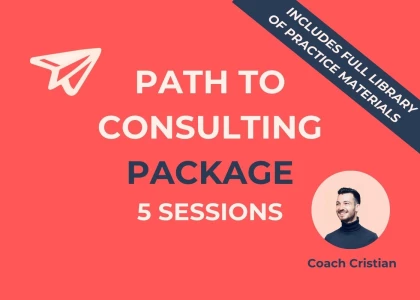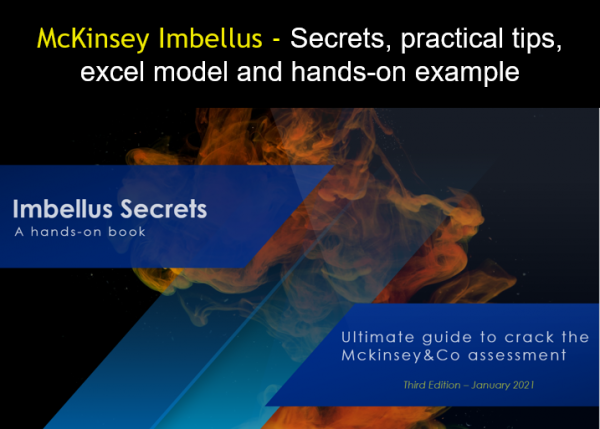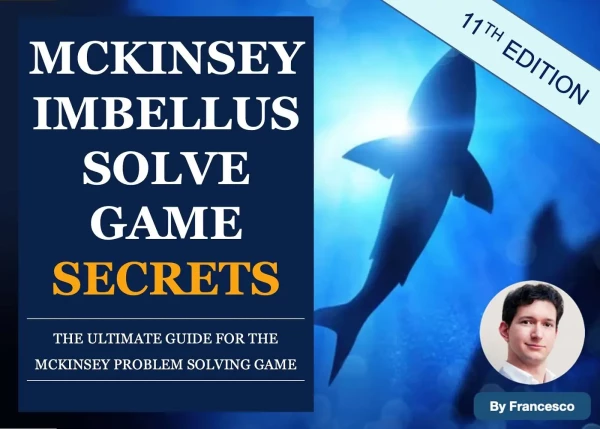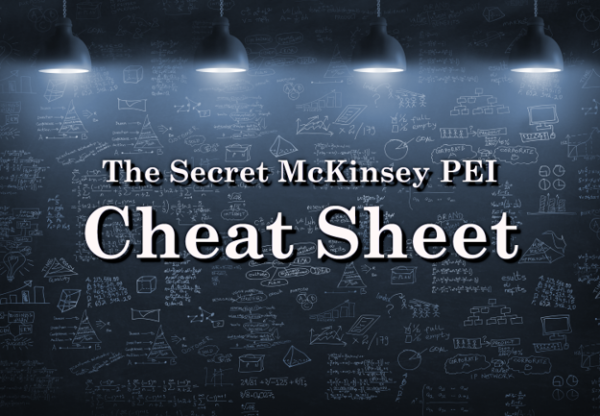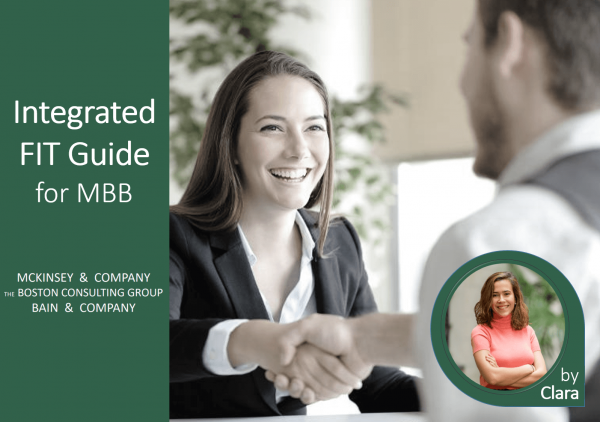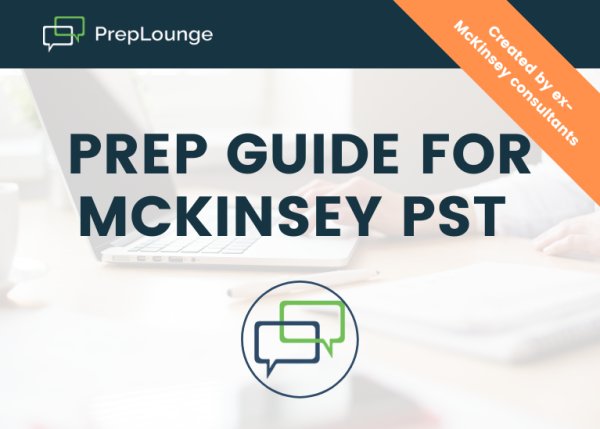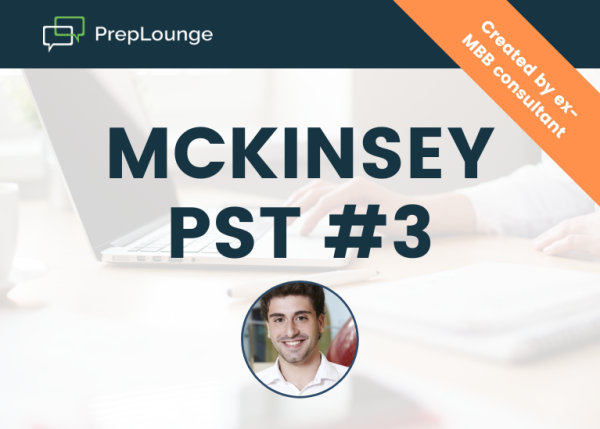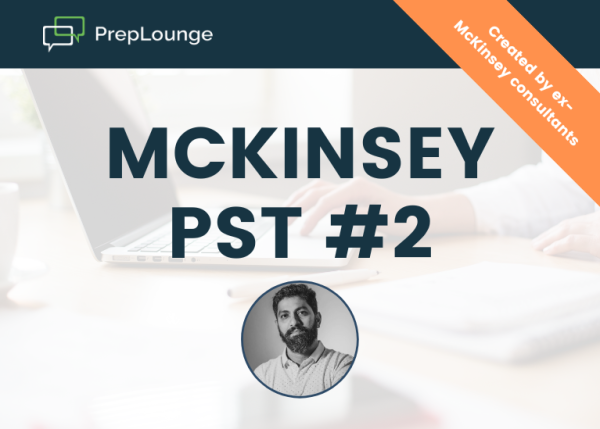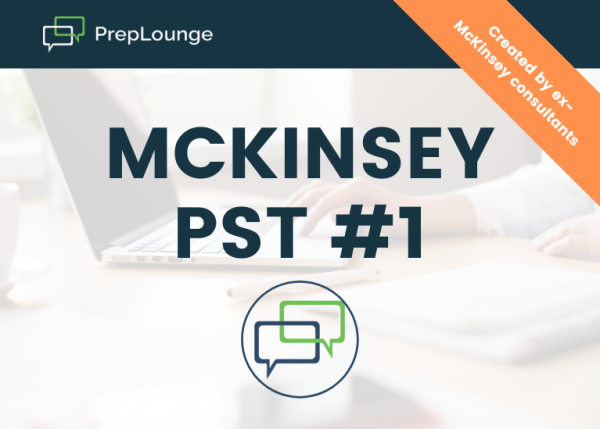While answering the PEI question about how you convinced/persuaded someone despite resistance / opposition / no direct control over them:
(1) What are good influencing / convincing methods one can refer to while presenting such a story? For example, showing data, building trust etc.
(2) Content wise, what are some of the ways a candidate can set themselves apart from the competition when answering a PEI question?
(4) How long should an ideal story be (1, 2, 3 or 5 min.) while answering a PEI question during a McKinsey interview?


